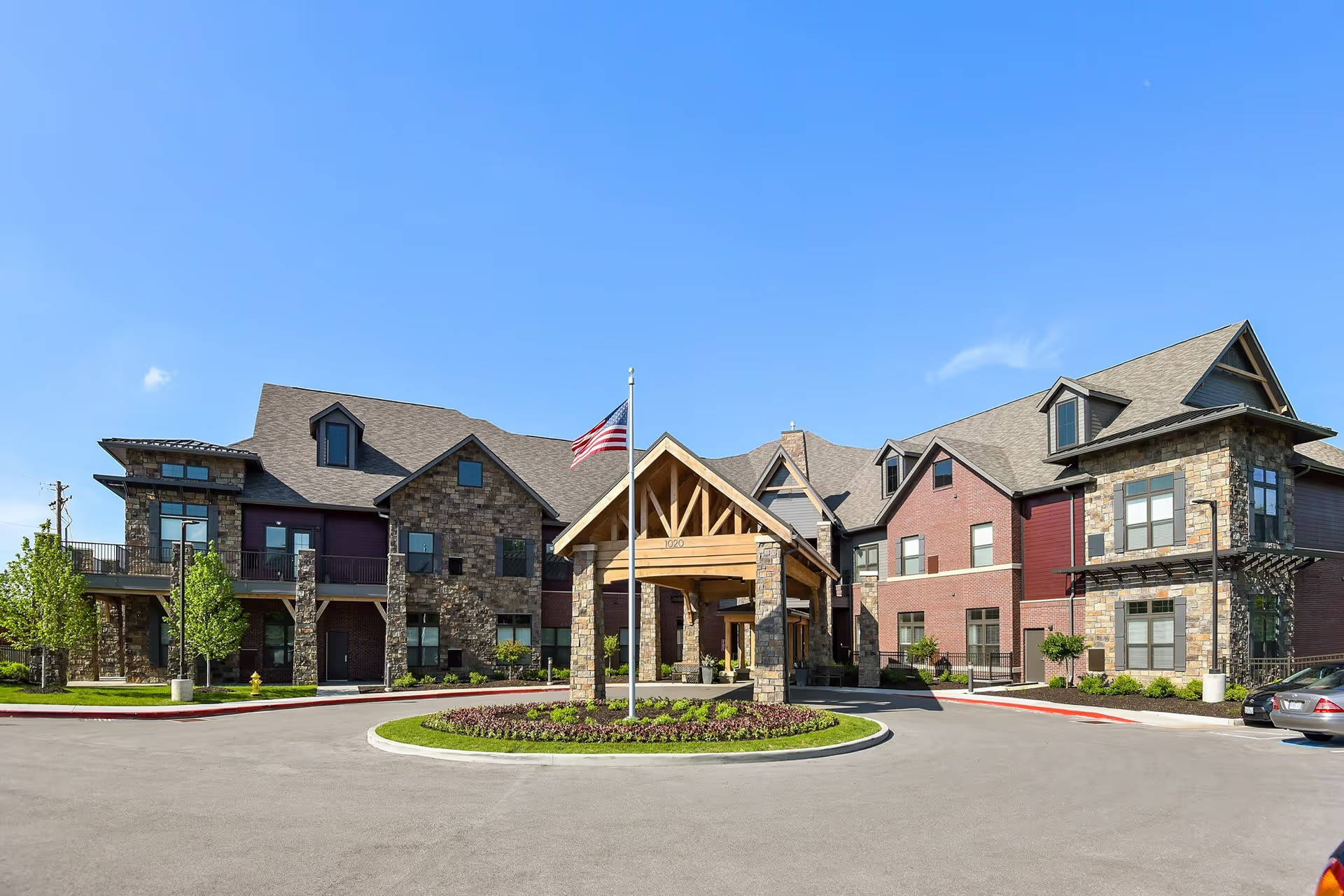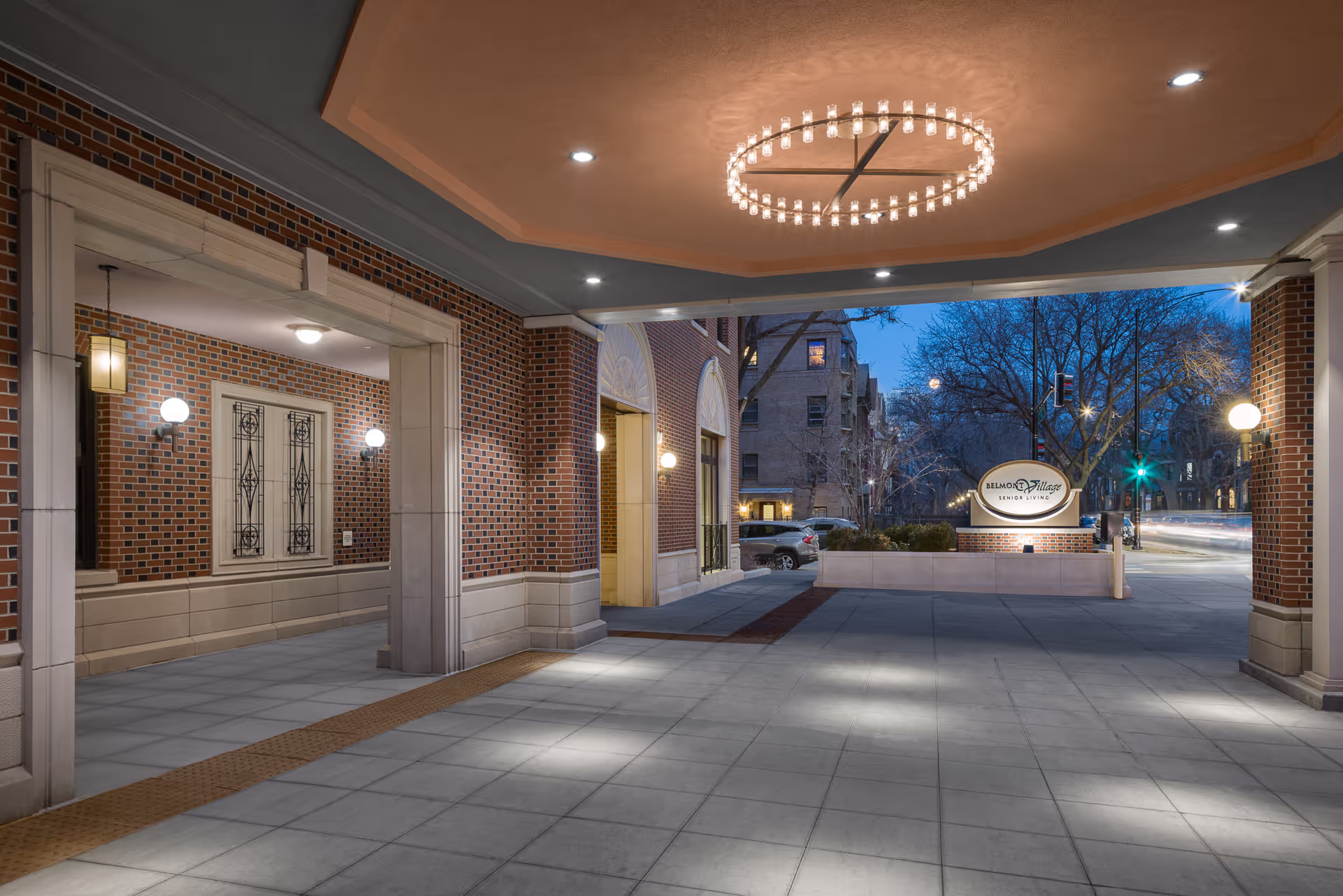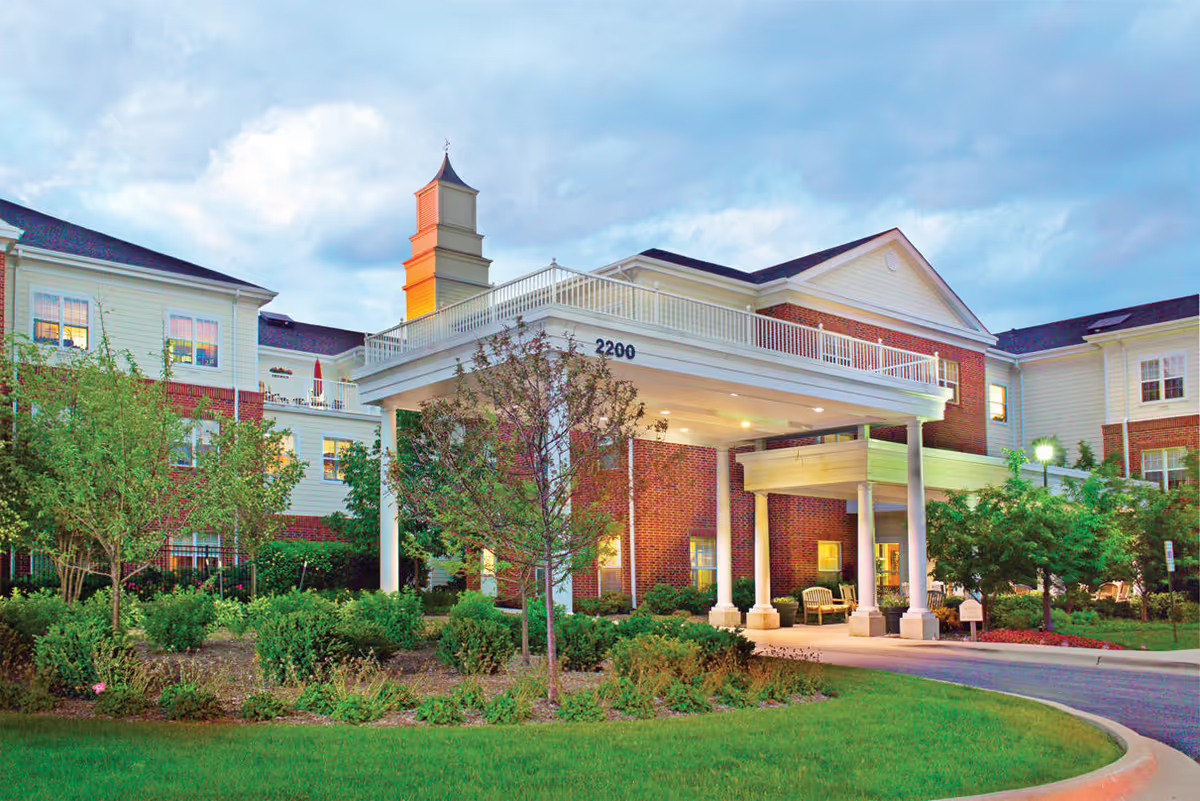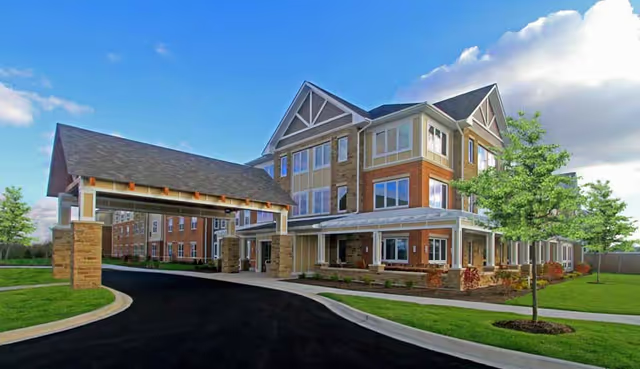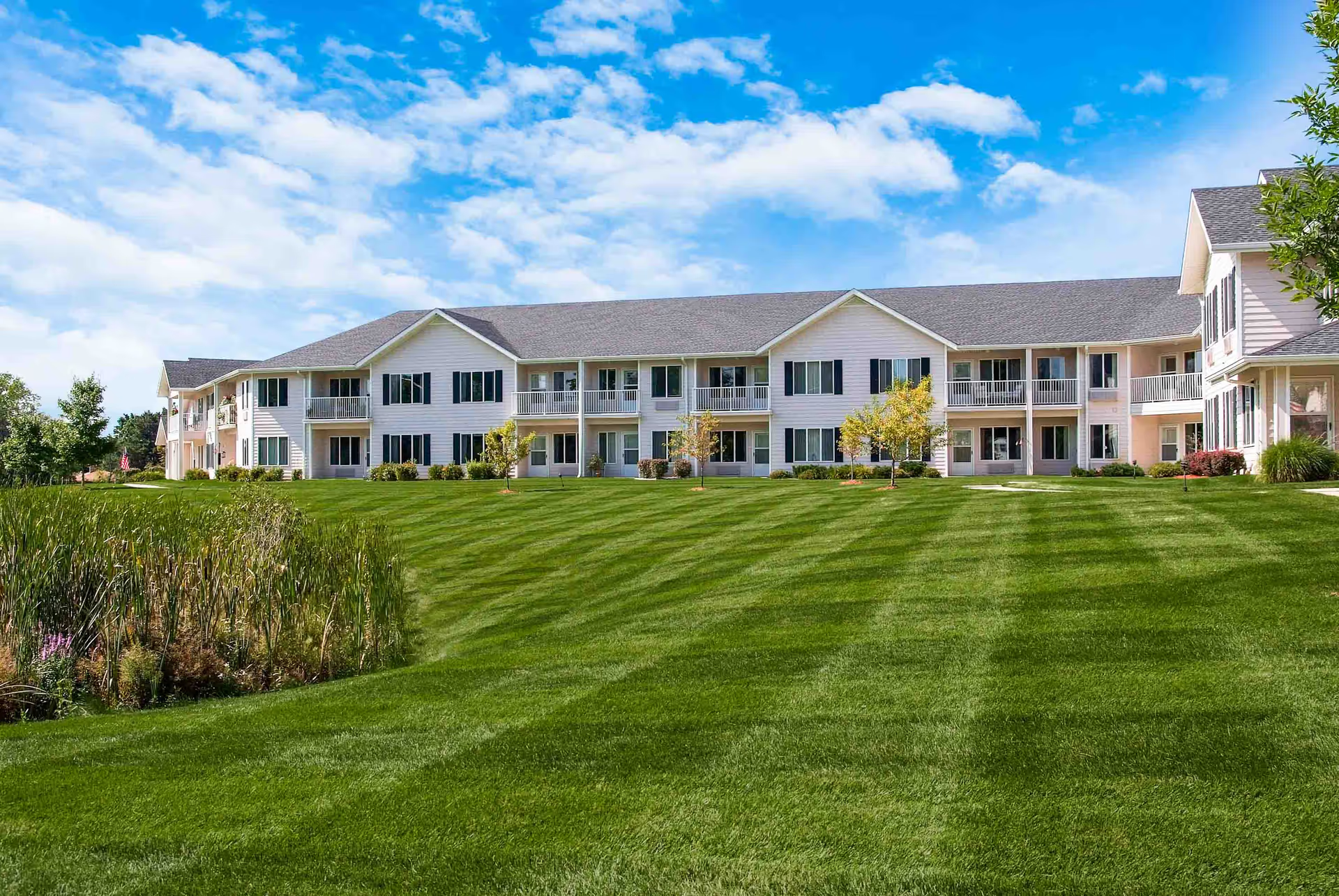The reviews for Carondelet Retirement Home are highly polarized, with a small set of reviewers describing positive experiences (caring staff, good location, well‑maintained building, tasty meals and timely medication) while a larger and more detailed set of reviews raise multiple, serious concerns about care, safety and management. The dominant themes across the negative summaries are inconsistent and potentially dangerous care practices, poor food and hygiene standards, staffing shortages, and administrative or financial mismanagement. Several reviewers explicitly state they consider the operation to be a for‑profit group home rather than a proper retirement facility, noting limited assistance and infrequent licensed nurse oversight.
Care quality and medication management are among the most frequently cited problems. Multiple summaries report inconsistent medication distribution — examples include missed doses and medication being left on a resident's dresser — and reviewers describe only sporadic nurse presence with one aide frequently tasked with much of the hands‑on work. These conditions are described as creating unsafe situations for residents, especially those who require more than minimal assistance. Some reviewers explicitly warn that the facility is not appropriate for independent or relatively healthy seniors because of the level of care actually provided.
Staffing and supervision are recurring concerns, yet reviews are mixed on this point. Several reviewers praise individual staff members as "amazing" and caring, and at least one reviewer says care was better than other homes they experienced. However, more numerous or detailed comments describe chronic understaffing, infrequent nursing visits, and inadequate supervision of residents. That gap between dedicated front‑line employees and insufficient clinical oversight emerges as a central tension in the reviews: staff may be well‑intentioned, but they appear overwhelmed or unsupported by the facility's medical/administrative structure.
Facility, cleanliness and safety observations are inconsistent as well. Some reviewers characterize the building as well maintained and clean, but others report troubling lapses in hygiene and safety: hair found on a breakfast plate, absence of hair nets in the kitchen, and shared bathrooms that create poor common‑area conditions. Safety concerns extend beyond cleanliness: reviewers allege that stronger or more aggressive residents have been allowed to prey on weaker, unsupervised residents, suggesting problematic resident management and inadequate protocols to protect vulnerable individuals.
Dining receives both praise and criticism. While a few reviewers call the food delicious and note good dinners, multiple negative summaries describe "abysmal" meals, poor quality ingredients, and rationing of beverages — with specific mention of Kool‑Aid being served instead of juice and weak breakfast drinks. The food complaints are sometimes tied to broader concerns about neglect of residents' nutrition and general well‑being.
Administrative and systemic issues are prominent in the negative reviews. Several reviewers label the operation as a for‑profit group home rather than a true retirement facility, raising concerns about scope of services and expectations. There are allegations of suspected misappropriation of funds and at least one reviewer indicates plans to file a complaint or seek an investigation. Operational gaps such as lack of an ambulance service or arrangement for emergency transport are specifically noted; reviewers report resulting ER visits and protracted admissions, which compounds the impression of limited emergency planning and resident risk management.
Overall sentiment leans toward caution. While some families report positive, caring staff and satisfactory conditions, the volume and specificity of negative reports—particularly around medication errors, supervision shortfalls, safety risks, food and hygiene problems, and possible financial mismanagement—constitute significant red flags. For prospective residents and families, these patterns suggest the need for direct, detailed inquiries before admission: ask about nurse staffing levels and schedules, medication administration protocols, emergency transport arrangements, recent inspection and complaint history, kitchen hygiene practices, and how the facility manages residents with behavioral or aggression issues. The presence of a few positive experiences does not negate the consistent serious concerns raised by other reviewers; regulatory follow‑up or formal complaints described by reviewers may be warranted if these patterns are observed in person.
